Is your bathroom sink draining slowly or not at all? It may be time to open the drain and remove any clogs. This process can be done without the help of a professional plumber and can save you money. In this article, we will go over the steps for opening a bathroom sink drain and getting it flowing again. How to Open a Bathroom Sink Drain
If you notice that the water in your bathroom sink is taking longer to drain than usual, it is most likely due to a clog in the drain. Before attempting to open the drain, try using a plunger to unclog it. Place the plunger over the drain and push down and pull up several times to create suction. This may be enough to dislodge the clog and allow the water to drain properly. Unclogging a Bathroom Sink Drain
If the plunger does not work, you may need to open the drain and manually remove the clog. This can be done with a few simple tools and a little bit of elbow grease. First, gather a pair of pliers, a screwdriver, and a wire hanger. You may also need a bucket or bowl to catch any excess water. DIY Bathroom Sink Drain Repair
Start by removing the pop-up stopper from the drain. This can usually be done by twisting it counterclockwise and pulling it out. If the stopper is stuck, you may need to use the pliers to loosen it. Once the stopper is removed, you should be able to see any visible clogs in the drain. Use the wire hanger to reach into the drain and pull out any hair or debris that may be causing the clog. Clearing a Clogged Bathroom Sink Drain
If the clog is not visible or cannot be reached with the wire hanger, you may need to remove the P-trap under the sink. Place the bucket or bowl under the P-trap to catch any water that may spill out. Use the pliers to loosen the nuts on either side of the P-trap and remove it from the drain pipe. You can then use the wire hanger to reach into the drain pipe and remove any clogs. Steps for Opening a Bathroom Sink Drain
If the drain is still not flowing properly, there may be a more serious issue at hand. The drain pipe may be cracked or damaged, causing the clog to be deeper in the plumbing system. In this case, it may be best to call a professional plumber for assistance. They will have the tools and expertise to properly diagnose and fix the issue. Troubleshooting a Bathroom Sink Drain
After you have cleared the clog and the drain is flowing properly again, you can reassemble the drain. If you had to remove the P-trap, make sure to tighten the nuts securely. Then, place the pop-up stopper back into the drain and twist it clockwise to secure it in place. You can also clean the stopper and the drain with a mixture of vinegar and baking soda to prevent future clogs. Removing a Bathroom Sink Drain Stopper
If you do not have any tools on hand, you can also try using a plunger to open the bathroom sink drain. Fill the sink with enough water to cover the bottom of the plunger, and then place the plunger over the drain. Push and pull the plunger to create suction and hopefully dislodge the clog. This may take a few attempts, but it can be an effective method for opening a clogged drain. Using a Plunger to Open a Bathroom Sink Drain
If you prefer to avoid using harsh chemicals to open your bathroom sink drain, there are a few alternative methods you can try. One method is to pour a mixture of equal parts baking soda and vinegar down the drain, followed by boiling water. This will create a chemical reaction that can help break up any clogs. Another method is to use a combination of salt and hot water to flush out the drain. These methods may take a little longer to work, but they are safer for your pipes and the environment. Chemical-Free Methods for Opening a Bathroom Sink Drain
To successfully open a bathroom sink drain, you will need a few tools on hand. These include pliers, a screwdriver, a wire hanger, and a bucket or bowl. It may also be helpful to have a plunger and some basic cleaning supplies, like vinegar and baking soda, to prevent future clogs. With these tools and methods, you can easily open your bathroom sink drain and keep it flowing smoothly. Tools Needed to Open a Bathroom Sink Drain
The Importance of Proper Drainage in House Design

Ensuring Efficient Water Flow in Your Home
 When it comes to designing a house, there are many factors to consider - from the overall layout and aesthetics to the functionality and practicality of each room. One aspect that is often overlooked, but is crucial to the overall functionality of a home, is proper drainage.
Effective drainage not only prevents potential water damage, but also promotes a healthy and hygienic environment in your home.
When it comes to designing a house, there are many factors to consider - from the overall layout and aesthetics to the functionality and practicality of each room. One aspect that is often overlooked, but is crucial to the overall functionality of a home, is proper drainage.
Effective drainage not only prevents potential water damage, but also promotes a healthy and hygienic environment in your home.
Why the Bathroom Sink Drain is Important
 The bathroom sink is one of the most frequently used fixtures in a home. From washing our hands to brushing our teeth, we rely on it for our daily hygiene routine.
But what most people don't realize is that the bathroom sink drain plays a crucial role in maintaining the cleanliness and functionality of our sinks.
Over time, hair, soap scum, and other debris can build up in the drain, causing clogs and backups. This not only creates an unpleasant and unhygienic environment, but can also lead to costly repairs and replacements.
The bathroom sink is one of the most frequently used fixtures in a home. From washing our hands to brushing our teeth, we rely on it for our daily hygiene routine.
But what most people don't realize is that the bathroom sink drain plays a crucial role in maintaining the cleanliness and functionality of our sinks.
Over time, hair, soap scum, and other debris can build up in the drain, causing clogs and backups. This not only creates an unpleasant and unhygienic environment, but can also lead to costly repairs and replacements.
How to Open a Bathroom Sink Drain
 If you notice that your bathroom sink is draining slowly or has a foul odor, it may be time to open the drain and clear out any buildup.
One simple and effective method is to use a plunger to dislodge any debris and allow for proper water flow.
Simply place the plunger over the drain and push down and pull up in a rapid motion until the water starts to drain properly. You can also try using a mixture of baking soda and vinegar to break down any buildup in the drain.
If you notice that your bathroom sink is draining slowly or has a foul odor, it may be time to open the drain and clear out any buildup.
One simple and effective method is to use a plunger to dislodge any debris and allow for proper water flow.
Simply place the plunger over the drain and push down and pull up in a rapid motion until the water starts to drain properly. You can also try using a mixture of baking soda and vinegar to break down any buildup in the drain.
The Benefits of Proper Drainage
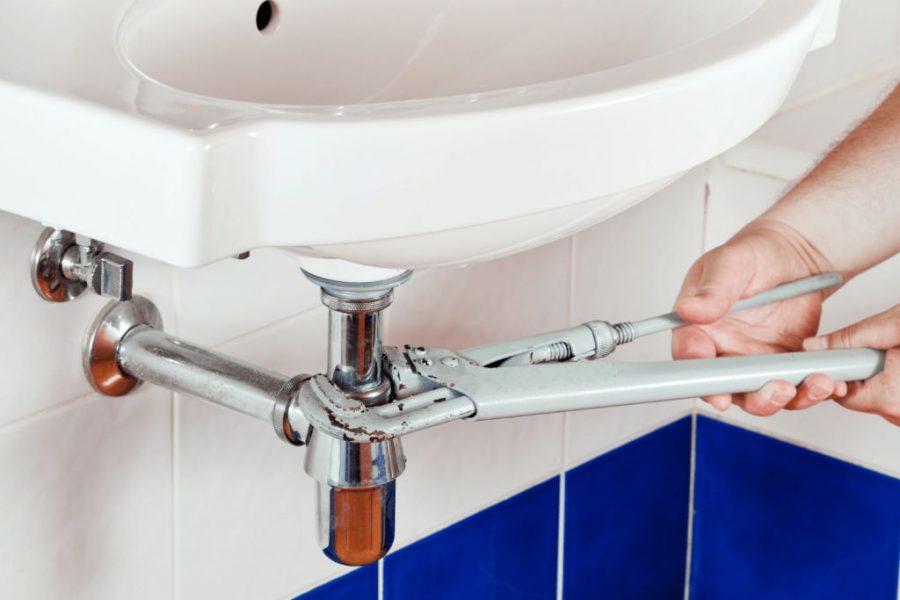 By regularly opening and clearing your bathroom sink drain, you can prevent clogs and backups, and ensure efficient water flow in your home. This not only promotes a clean and hygienic environment, but can also save you time and money on potential repairs and replacements.
Proper drainage is also essential for preventing water damage to your home's foundation and walls, which can be a costly and time-consuming issue to fix.
By regularly opening and clearing your bathroom sink drain, you can prevent clogs and backups, and ensure efficient water flow in your home. This not only promotes a clean and hygienic environment, but can also save you time and money on potential repairs and replacements.
Proper drainage is also essential for preventing water damage to your home's foundation and walls, which can be a costly and time-consuming issue to fix.
In Conclusion
 In the grand scheme of house design, the bathroom sink drain may seem like a minor detail. However, it plays a crucial role in the overall functionality and cleanliness of our homes. By regularly opening and clearing the drain, we can maintain a healthy and hygienic environment, and prevent potential water damage. Remember to
incorporate proper drainage into your house design plans to ensure a well-functioning and long-lasting home.
In the grand scheme of house design, the bathroom sink drain may seem like a minor detail. However, it plays a crucial role in the overall functionality and cleanliness of our homes. By regularly opening and clearing the drain, we can maintain a healthy and hygienic environment, and prevent potential water damage. Remember to
incorporate proper drainage into your house design plans to ensure a well-functioning and long-lasting home.
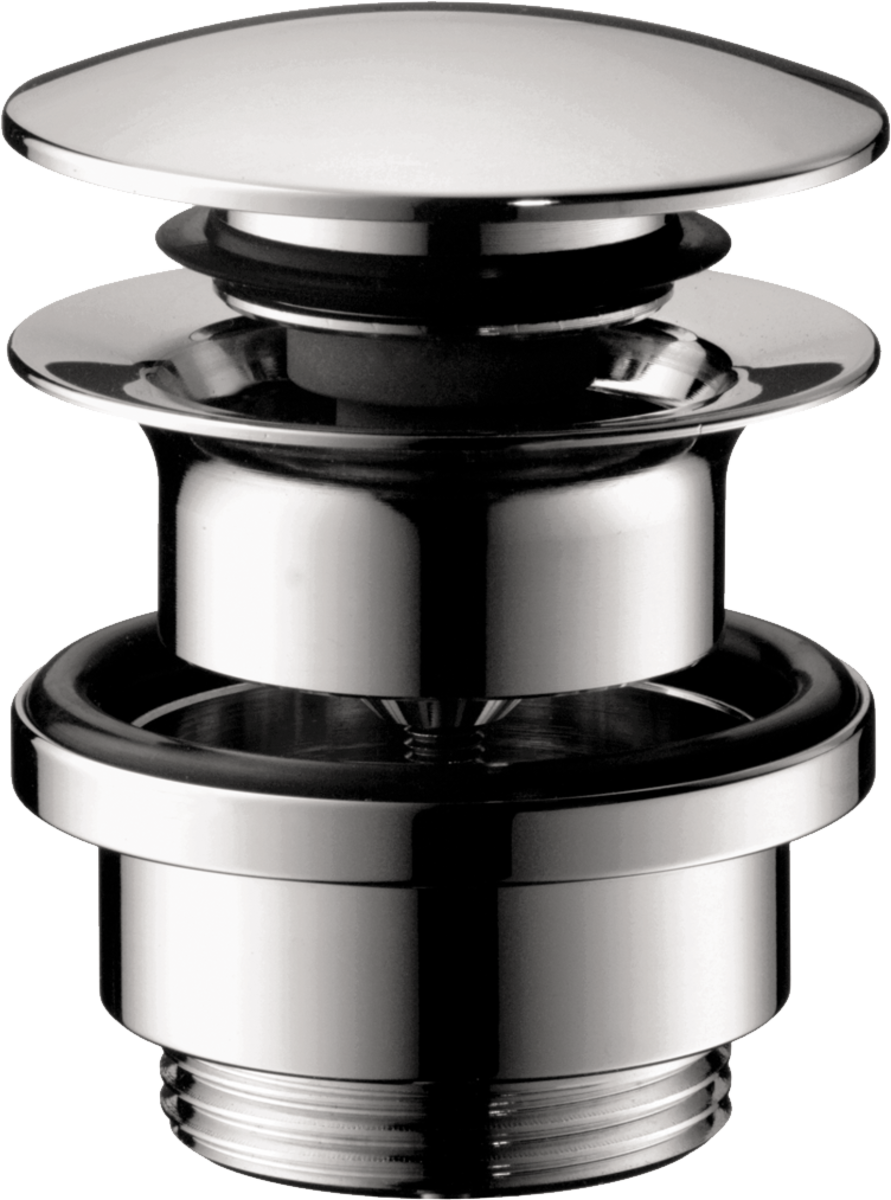


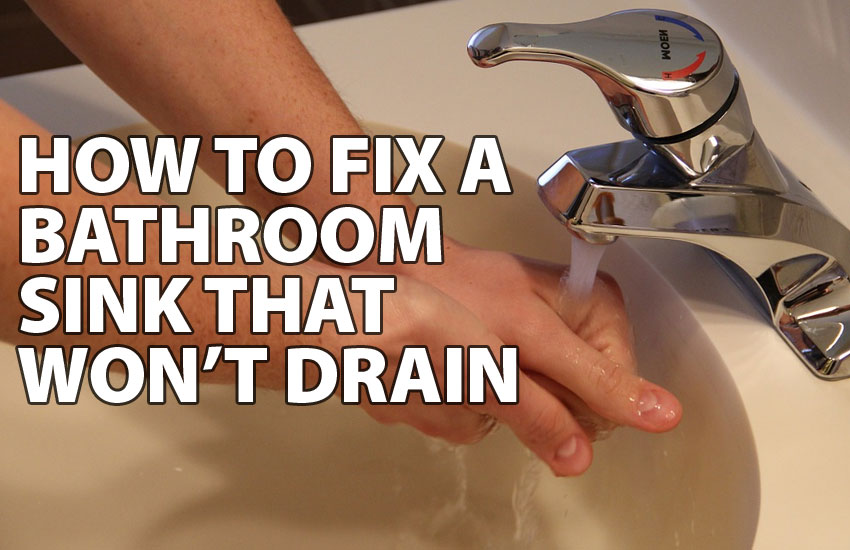









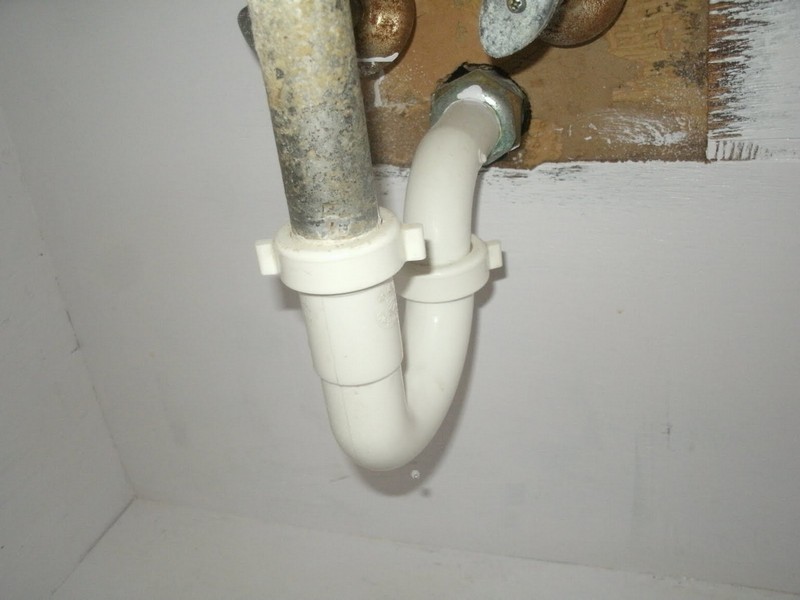
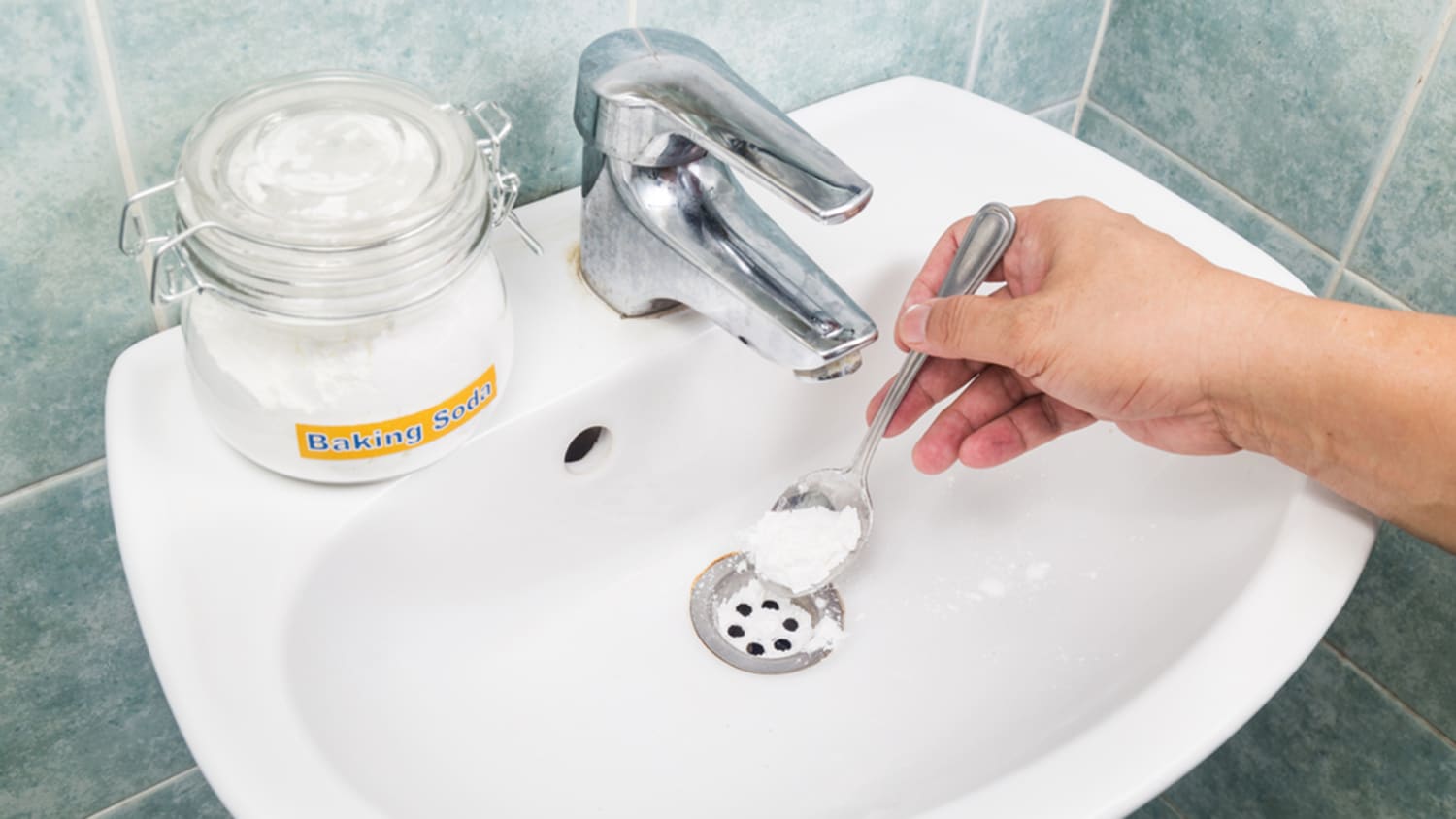

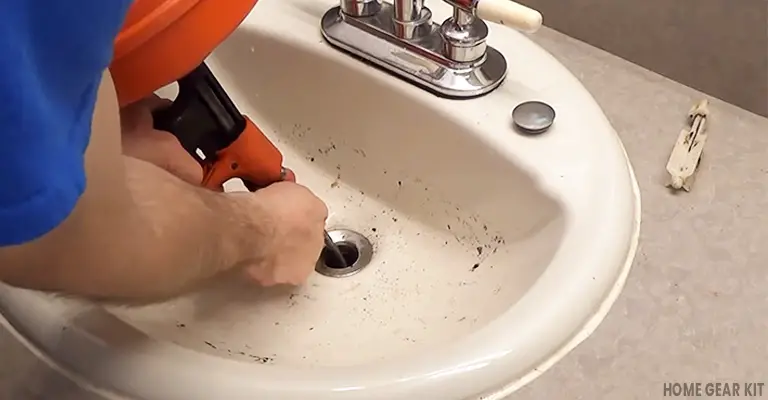
















:max_bytes(150000):strip_icc()/freshen-and-unclog-drain-with-baking-soda-1900466-22-bbf940b70afa4d5abef0c54da23b1d3f.jpg)
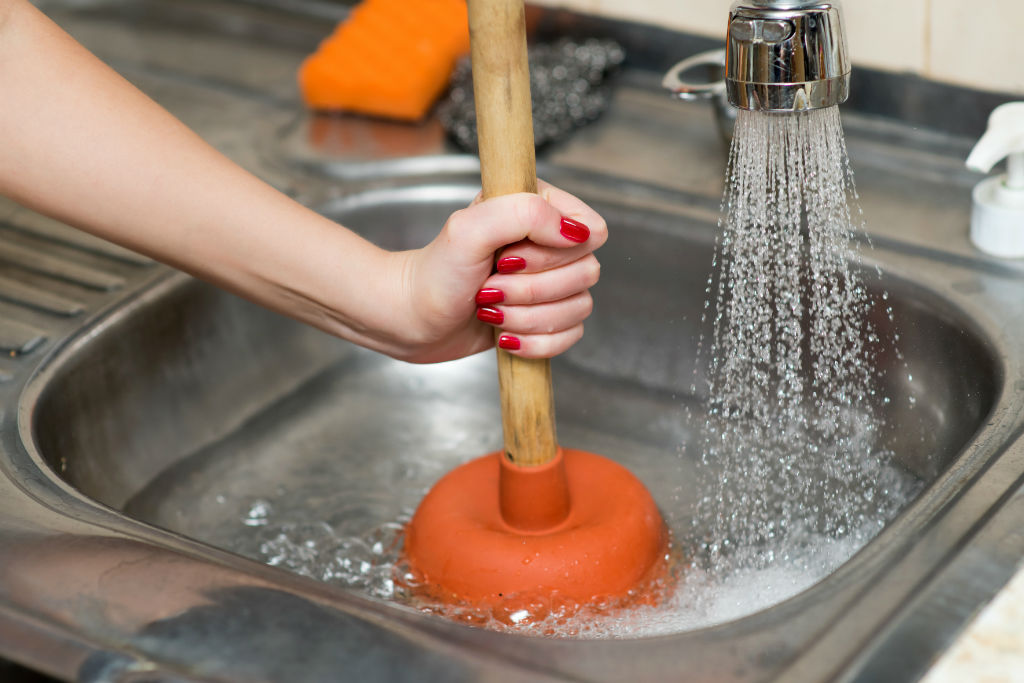


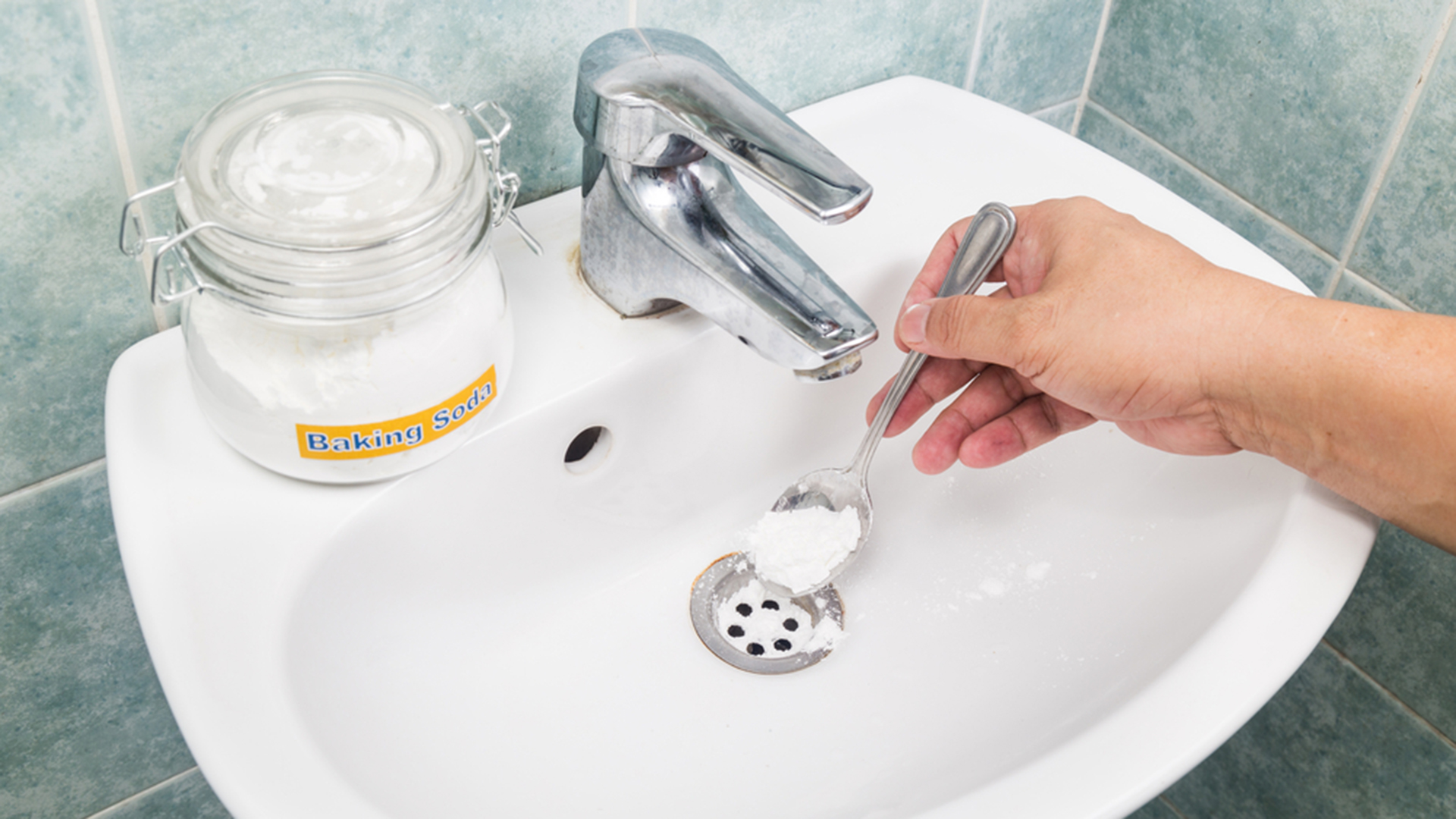




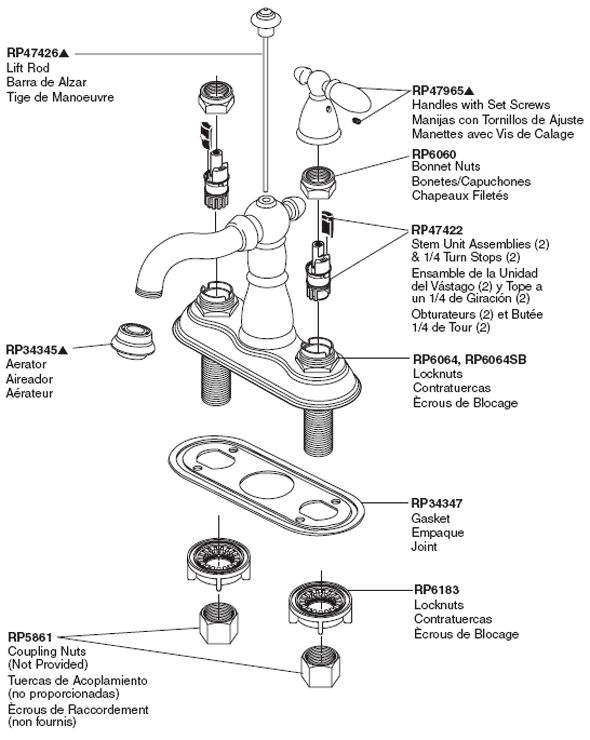








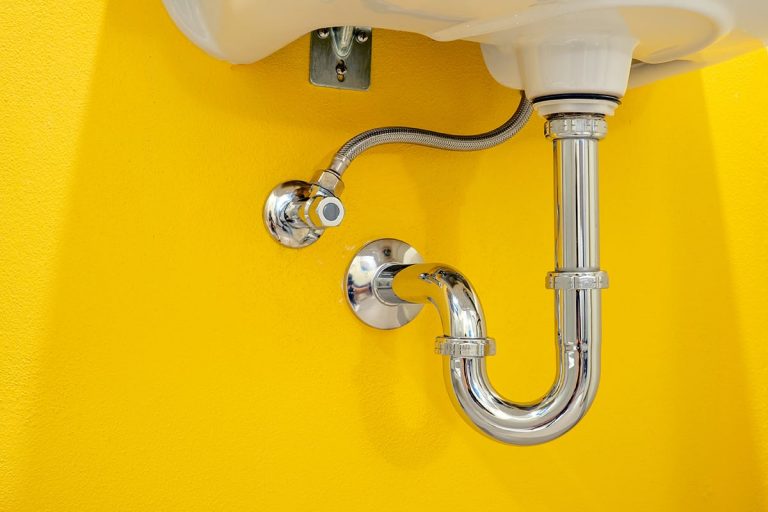





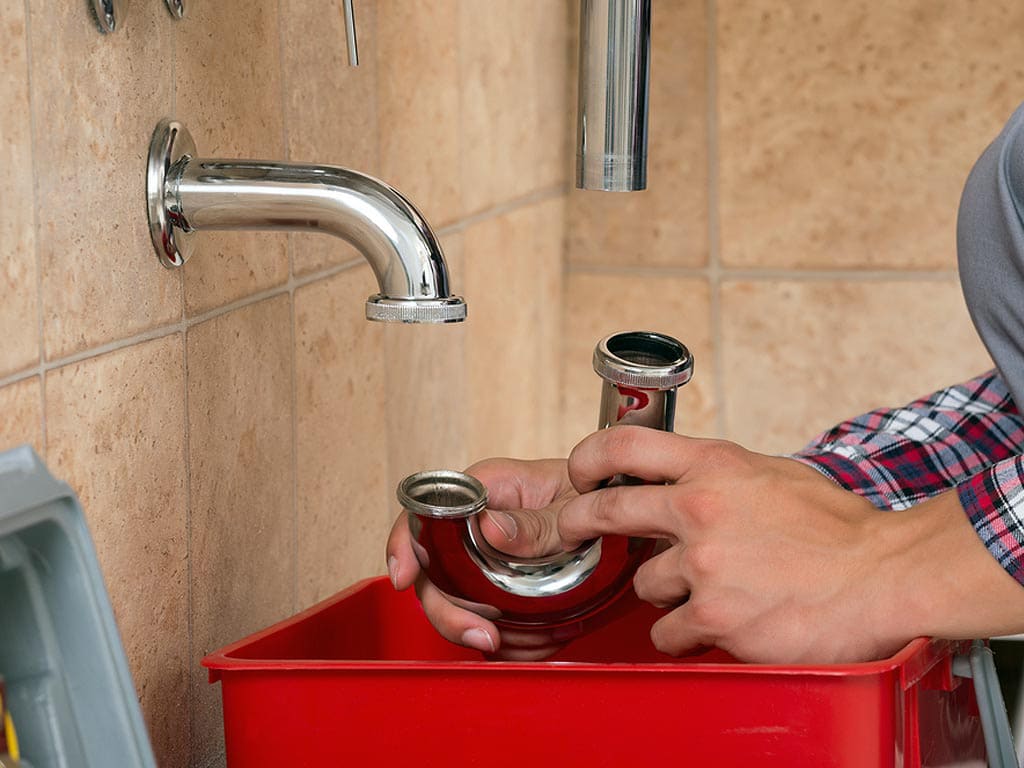




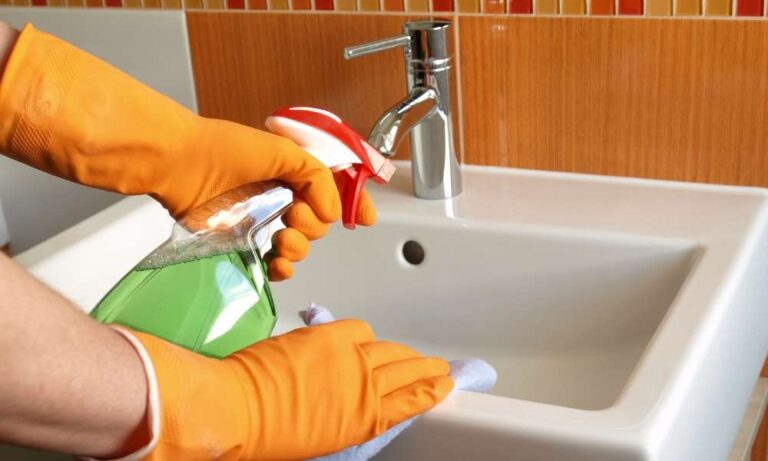



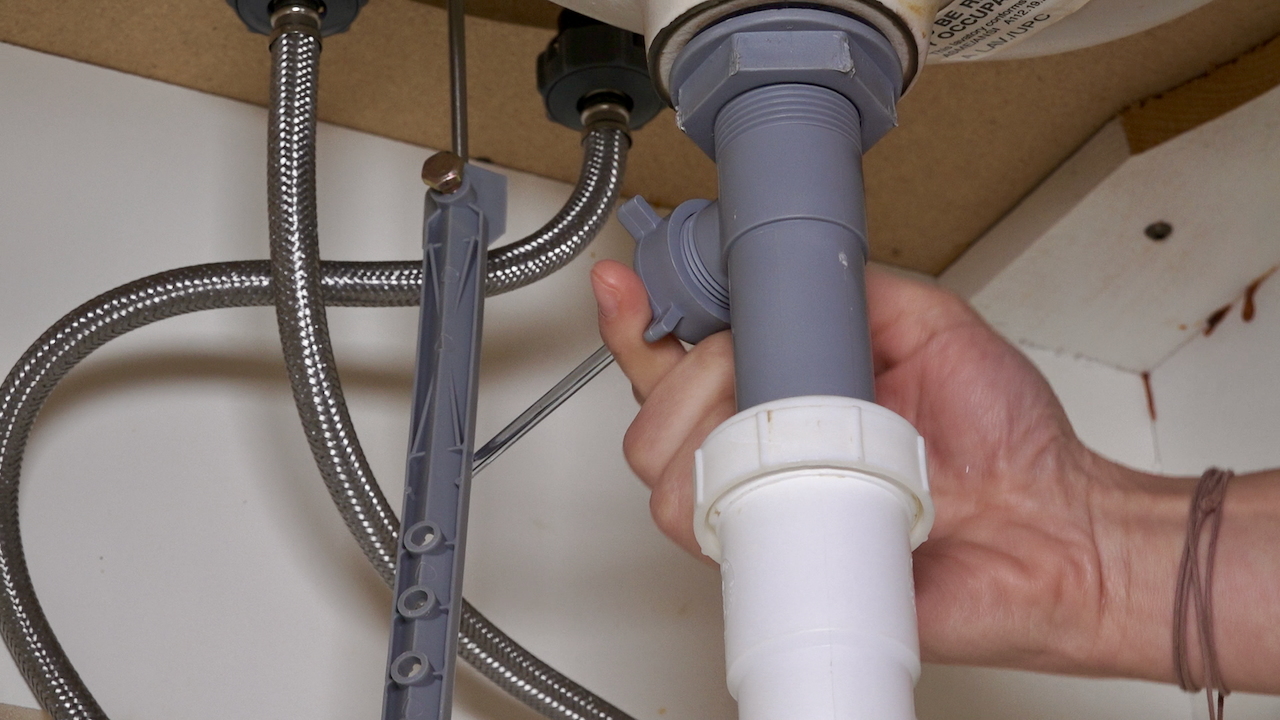

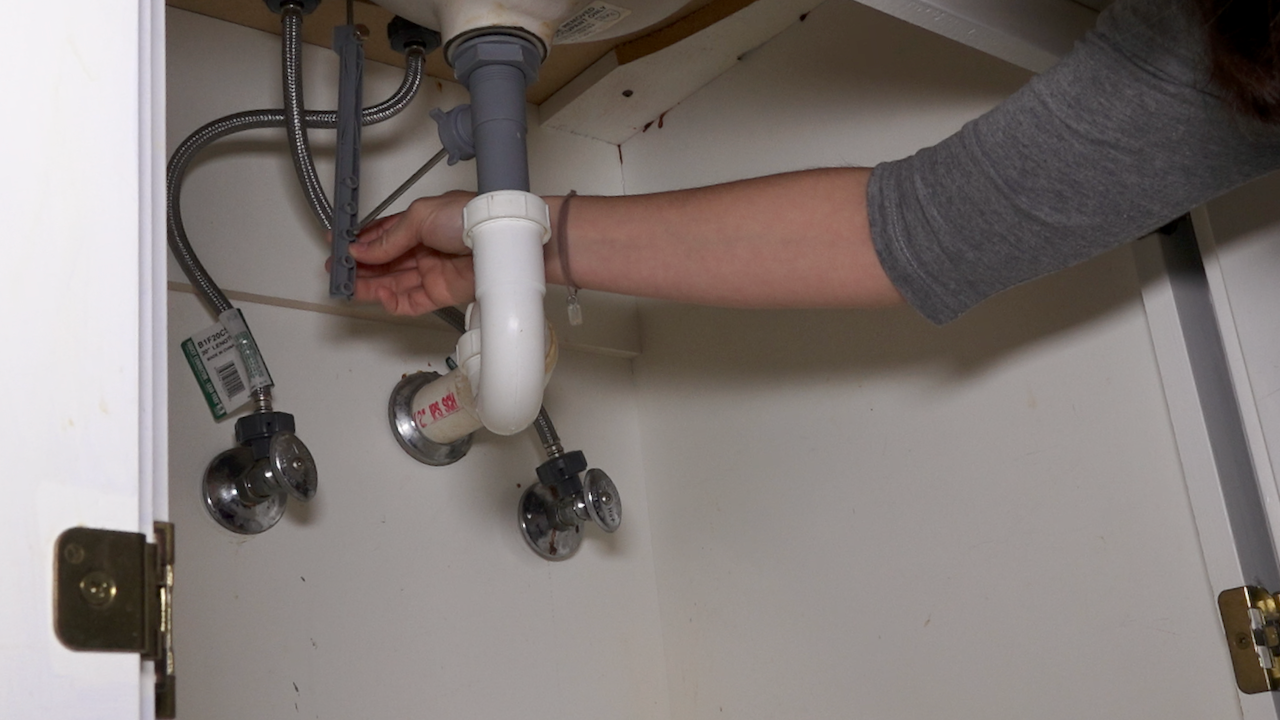





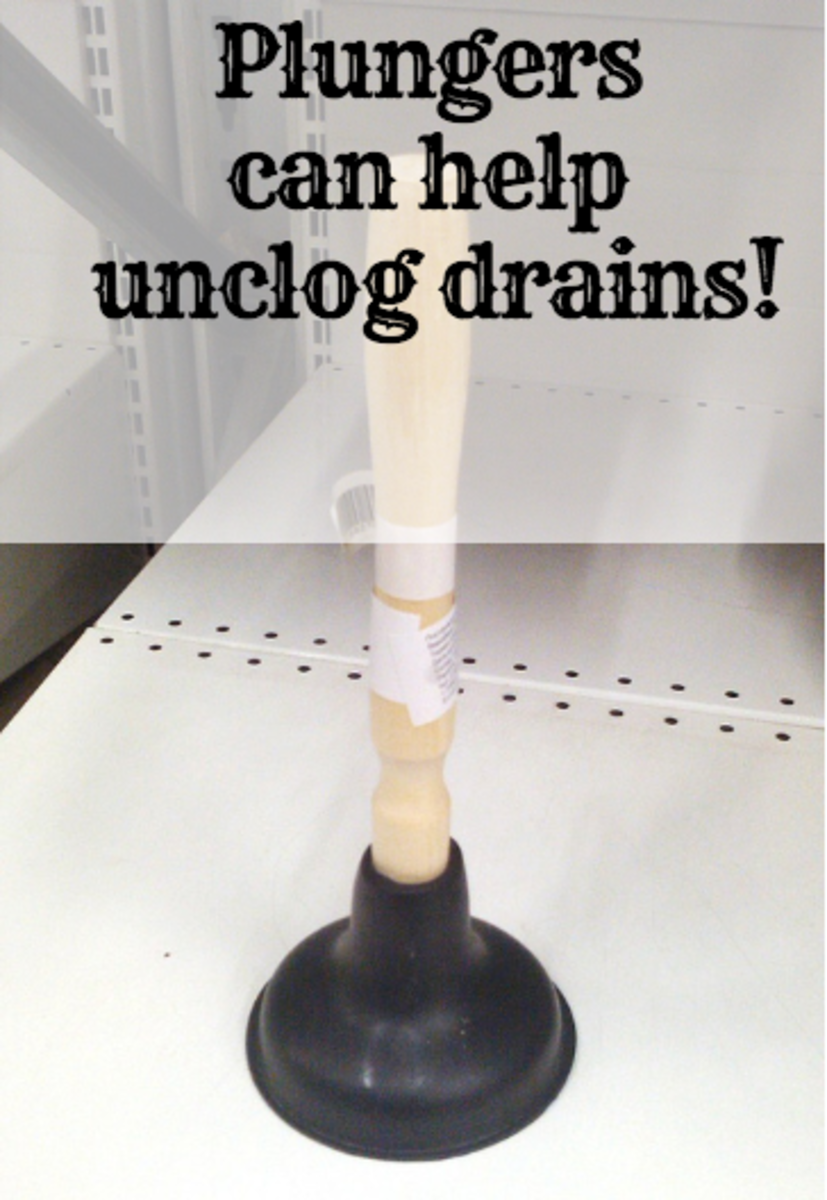



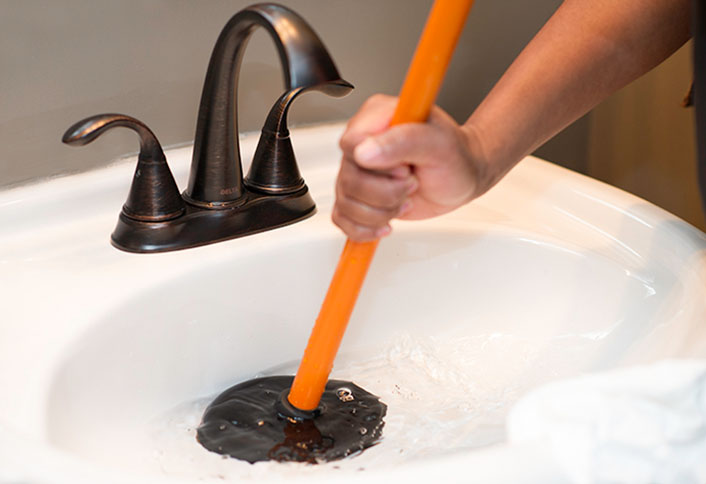



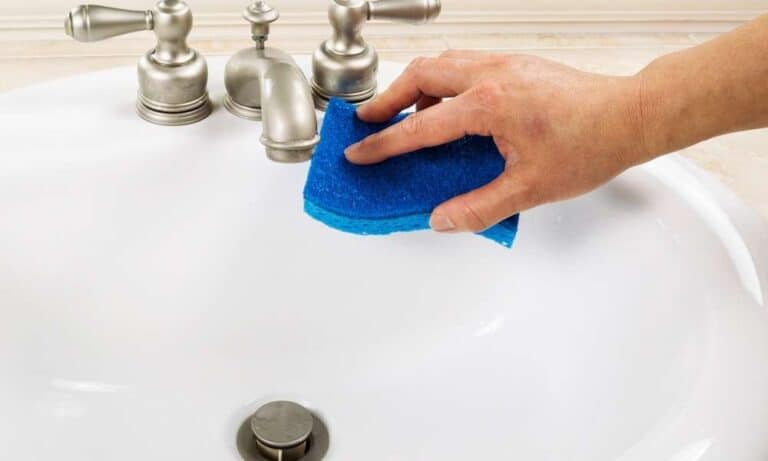
:max_bytes(150000):strip_icc()/bathroom-sink-drain-installation-2718843-02-61e5ecbee1e949be8d8f45ac4f5a6797.jpg)
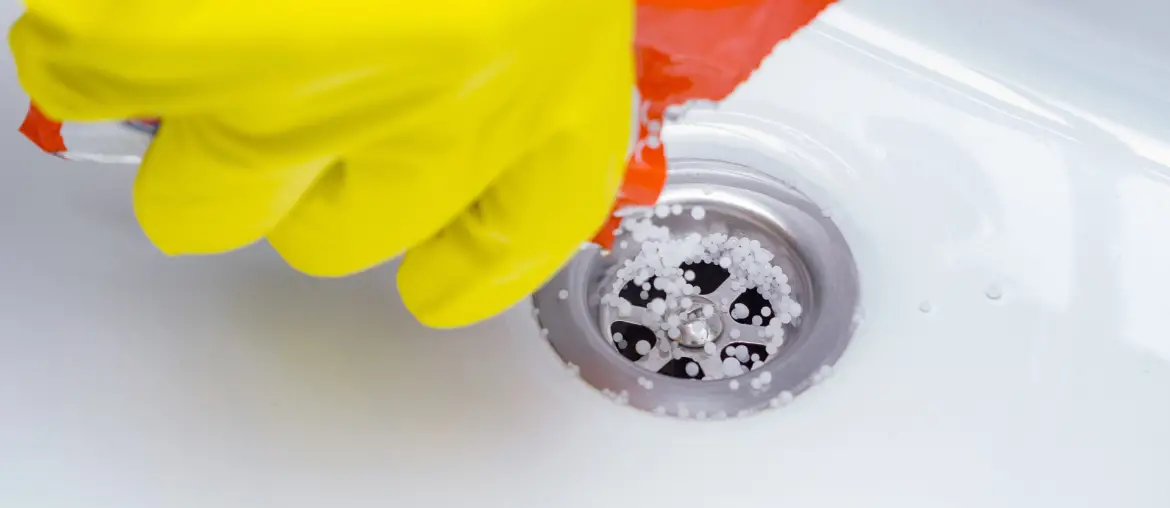






:max_bytes(150000):strip_icc()/bathroom-sink-drain-installation-2718843-11-675b59e962dd4f69b510d5c9e1fd215f.jpg)






